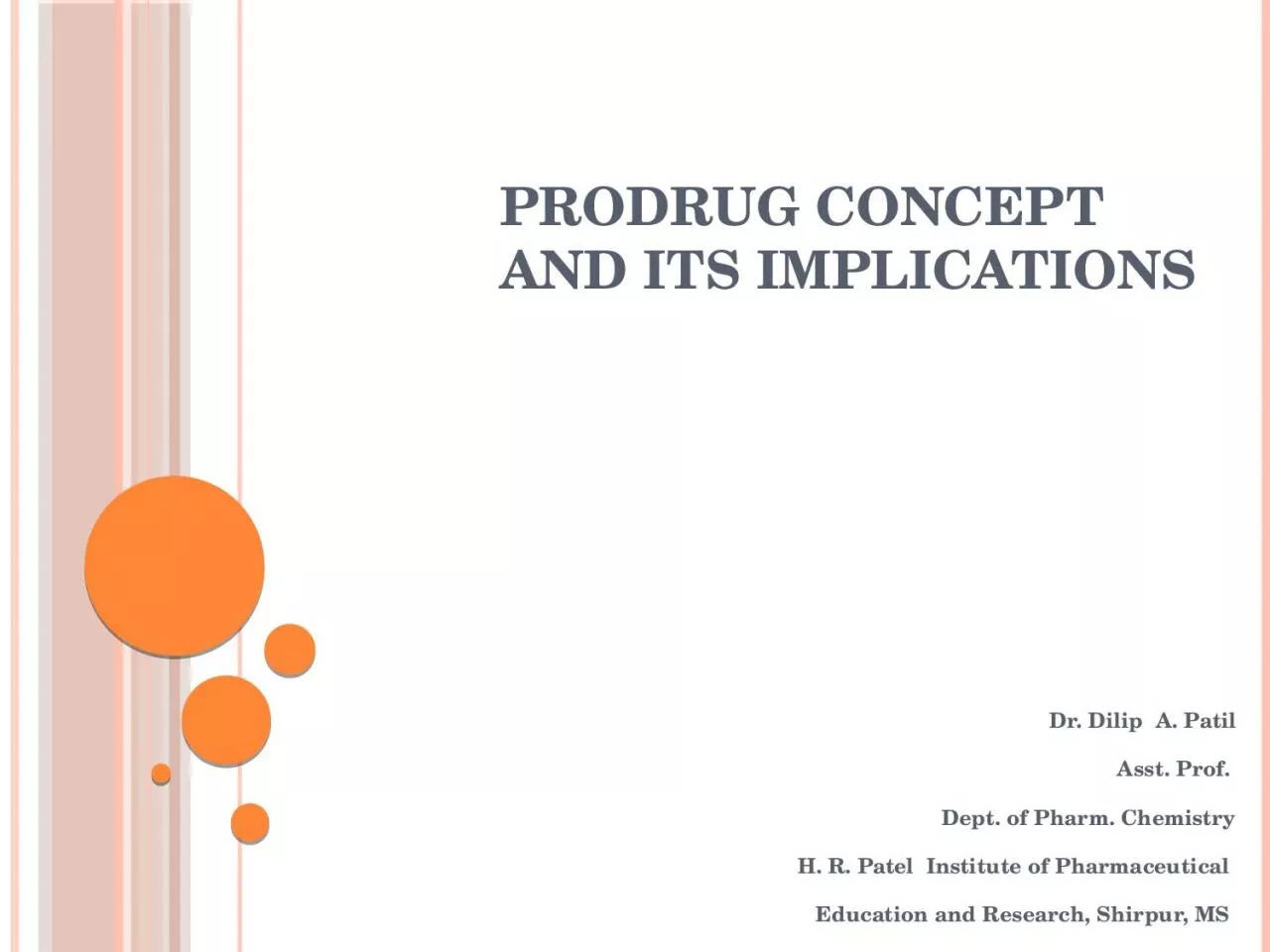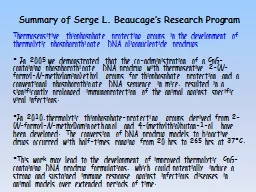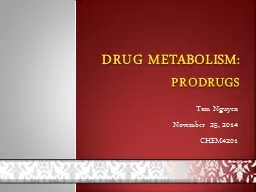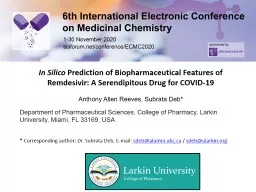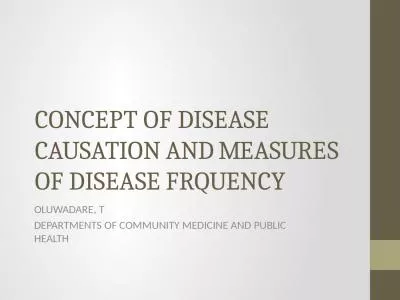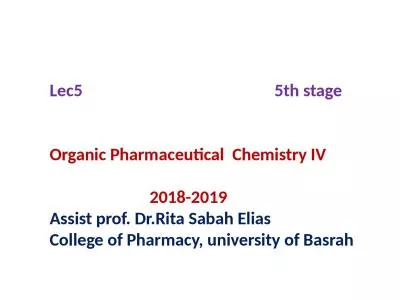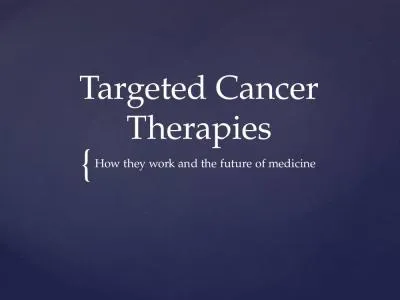PPT-Prodrug Concept and Its Implications
Author : miller | Published Date : 2023-07-27
Dr Dilip A Patil Asst Prof Dept of Pharm Chemistry H R Patel Institute of Pharmaceutical Education and Research Shirpur MS Introduction Almost all drugs possess
Presentation Embed Code
Download Presentation
Download Presentation The PPT/PDF document "Prodrug Concept and Its Implications" is the property of its rightful owner. Permission is granted to download and print the materials on this website for personal, non-commercial use only, and to display it on your personal computer provided you do not modify the materials and that you retain all copyright notices contained in the materials. By downloading content from our website, you accept the terms of this agreement.
Prodrug Concept and Its Implications: Transcript
Download Rules Of Document
"Prodrug Concept and Its Implications"The content belongs to its owner. You may download and print it for personal use, without modification, and keep all copyright notices. By downloading, you agree to these terms.
Related Documents

